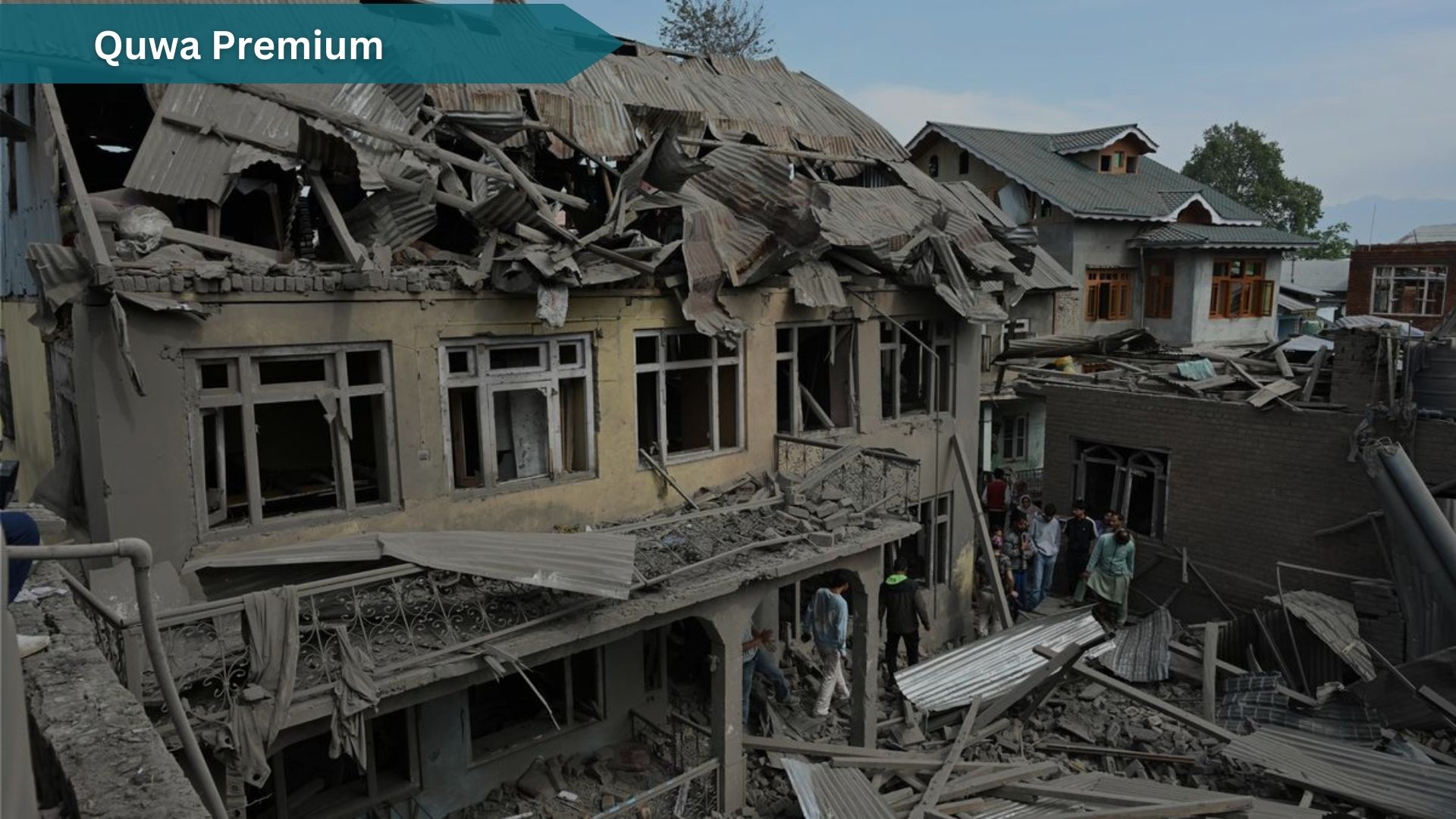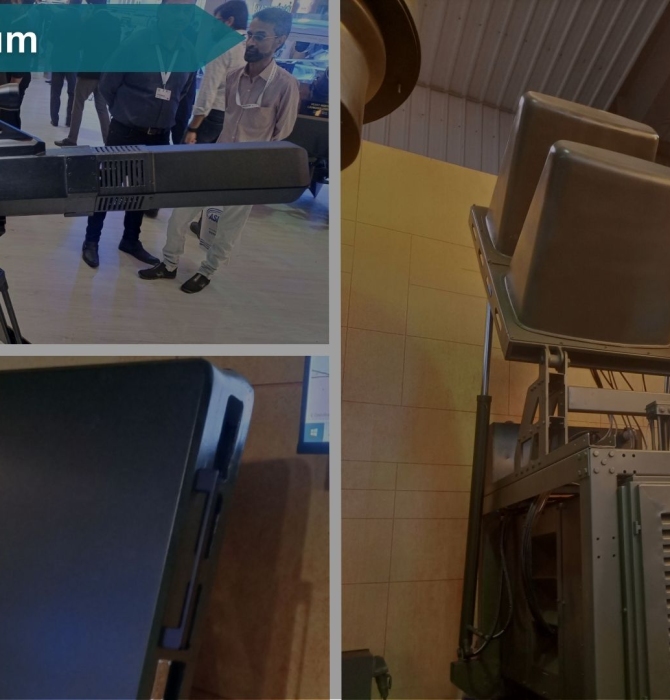10504Views

India-Pakistan Tensions Heighten Amid Pahalgam Attacks Quwa Premium
South Asia’s security environment has again entered a phase of heightened tension following a deadly attack targeting tourists in Pahalgam in Indian-administered Jammu and Kashmir, on 22 April. This attack triggered a sharp deterioration in bilateral relations between the nuclear powers, which was promptly followed with each country’s militaries going into full alert.
On 28 April, Pakistan’s defence minister, Khawaja Muhammad Asif, told Reuters that the Pakistani military was expecting an “imminent” incursion by Indian forces.
These flare ups are not new; rather, this episode is another iteration of the long-standing Kashmir conflict. This conflict showcases a uniquely intense and accelerating arms race, one that may – if it has not already – outpaced the procurement trends of every region except for East Asia.
Post 2019 Armament Build-Up
The February 2019 skirmish between the Pakistan Air Force (PAF) and Indian Air Force (IAF) was a key catalyst in shaping Pakistan’s procurement roadmap.
First, the PAF undertook a relatively significant expansion of its ground-based air defence system (GBADS) by acquiring HQ-9BE and HQ-16FE surface-to-air missiles (SAM), which offer a range of 280 km and 160 km, respectively. These are Pakistan’s longest-ranged air defence systems.
Before 2019, the PAF had largely relied on short-range SAMs to defend its air bases/facilities from low-flying threats. However, after 2019, the PAF’s GBADS grew into a key contributor for territorial defence, one designed to intercept enemy air threats at the Pakistani border.
Second, the PAF procured 20 J-10CE multirole fighters from the Aviation Industry Corporation of China (AVIC) with PL-15E long-range air-to-air missiles (LRAAM). The PAF acquired the J-10CEs as a direct response to the IAF’s then impending induction of the Dassault Rafale.
These two acquisitions likely constitute the biggest shifts in Pakistan’s procurement strategy, but it seems that 2019 also redirected the defence industry’s focus.
For example, the National Engineering and Scientific Commission (NESCOM), pivoted to specific asymmetric domains, notably electronic warfare (EW), loitering munitions, guided stand-off range weapons (SOW), and surface-to-surface missiles (SSM).
Interestingly, one can tie each of these domains to a lesson from the Russia-Ukraine War, but they support key aspects of Pakistan’s warfighting needs. First, SSMs and loitering munitions allow the Pakistan Army (PA) to maintain its own precision-strike capabilities. Using the Fatah-series SSMs, for example, the PA can carry out long-range strikes at up to 400 km. Loitering munitions give the PA smaller, much lower cost strike options for a wider assortment of targets.
Thus, Pakistan’s precision-strike capacity is no longer confined to the PAF; the PA can also carry out long-range strikes against high and low-value targets alike.
Likewise, the expansion of land-based EW via electronic intelligence (ELINT) and active electronic countermeasures (ECM) gives Pakistan the ability to aggressively monitor and track enemy radar, communications, and guidance transmissions, and potentially interfere or mitigate them.
These EW systems could play a role in helping Pakistan identify and interfere with IAF operations by directly targeting the latter’s radar, satellite-guided munition, and drone deployments.
India, on the other hand, has largely maintained its core strategy, which was to forge partnerships with established OEMs for immediate off-the-shelf procurement while also supporting indigenous programs through the long-term.
End of excerpt (820/2,397 words).
Existing Quwa Premium members can log in below
Note: Logged in members may need to refresh the article page to see the article.


